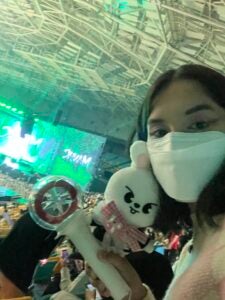
Korea is a high-context culture, which means people here communicate implicitly, unlike in the U.S. In Korea, there are a lot of different cultural norms, so foreigners entering this country may have difficulty adjusting, especially since Korea doesn’t explicitly mention these rules in their everyday lives.
For example, going to concerts is different; in America, everyone would be standing up, cheering and screaming for the artists for 3 hours straight, but in Korea, if there are seats, the norm is to sit down while enjoying the concert. Other concertgoers would be upset at you for standing up while everyone was sitting down. Since these are implicit rules, the concert venue wouldn’t announce, “Everyone please stay seated during the performance” because that’s just the norm here. This behavior is just expected.
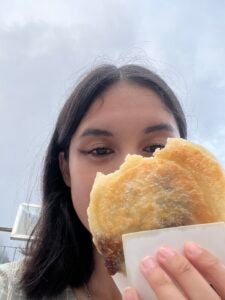
One thing I’ve learned since coming to Korea is that I’ve had to become way more observant than usual. Nobody wants to be that disrespectful foreigner! When I visited Seoraksan, I ordered hotteok (호떡), a sweet Korean pancake. As people were served their food, I noticed they were not given any type of utensil with their desserts, so I had no clue how to eat them properly. As I continued to look around the room, I saw everyone eating their hotteok with a little piece of cardboard, which I also saw was located at the food pick-up area, so I followed suit.
Another instance where being observant came in handy was when my friends and I went to a restaurant. Eating at restaurants in a foreign country is always a bit scary, especially when you don’t know what the culture is like. In America, the servers at restaurants will seat you in a designated spot, take your order for beverages, and come back a few minutes later to take your order for your meal. In Korea, you’d likely have open seating in the restaurant, so you’d be able to sit anywhere. Many of the servers would gesture for us to sit wherever we wanted, along with the phrase, “앉으세요,” (ahn ju seyo) which means “Sit down, please.”
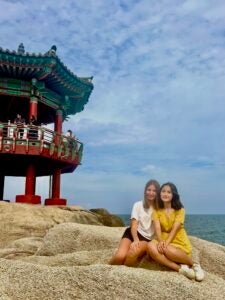
After sitting down, the server will hand you the menu, and whenever you’re ready to order, you will push a button to call them over to your table to place that order. In America, almost every sit-in restaurant will have the server bring you the check towards the end of your meal, where you will then put your card in the bill and hand it back to the server.
In Korea, this is not the case; almost immediately after you order, the server will leave your bill on the table, and after you finish eating, you will take that bill up to the counter and pay for your meal there. Of course, we only figured this out because we were being observant of other people. As we were finished eating, we weren’t quite sure how the payment process worked here, so we often looked around the room to see what other people were doing and followed their lead.
Speaking of eating at restaurants with friends: You can make friends while abroad! Although it seemed scary and intimidating at first, I began to realize that everyone else was in the same boat, too. I’d fully expected to be going on solo adventures for the entirety of the semester, but I actually ended up making friends my first day in Korea. I met my first friend at the airport, and I still hang out with her a month later!
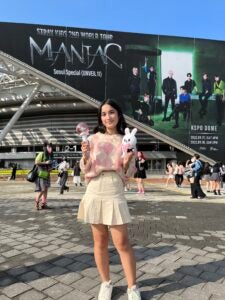
I have always been a reserved, introverted person who didn’t really speak unless spoken to, but I actually found myself talking to others first! Remember that concert I mentioned? On my way to the KSPO Dome, which was the venue where the concert was held, I noticed another fan on the subway carrying merchandise from the artist we were going to see. As we got off at our destination, I asked her if she was a fan of these artists, to which she said yes, so we accompanied each other in the line to get our tickets.
While in line, I also became friends with the girl behind us, whose name is Cheyenne. Cheyenne ended up becoming my pre-concert buddy for a few hours, but since entry to the venue began, we waited in line at our respective entrances, where I tried to become friends with the person in front of me; I attempted to make conversation with them, but they only said a few words and turned back around, which had made me realize just how social I was being this entire time!
This post was contributed by Nina Gaona-Menchavez, a Global Ambassador for Fall 2022. Nina is a third-year elementary education student studying abroad in Seoul, South Korea.




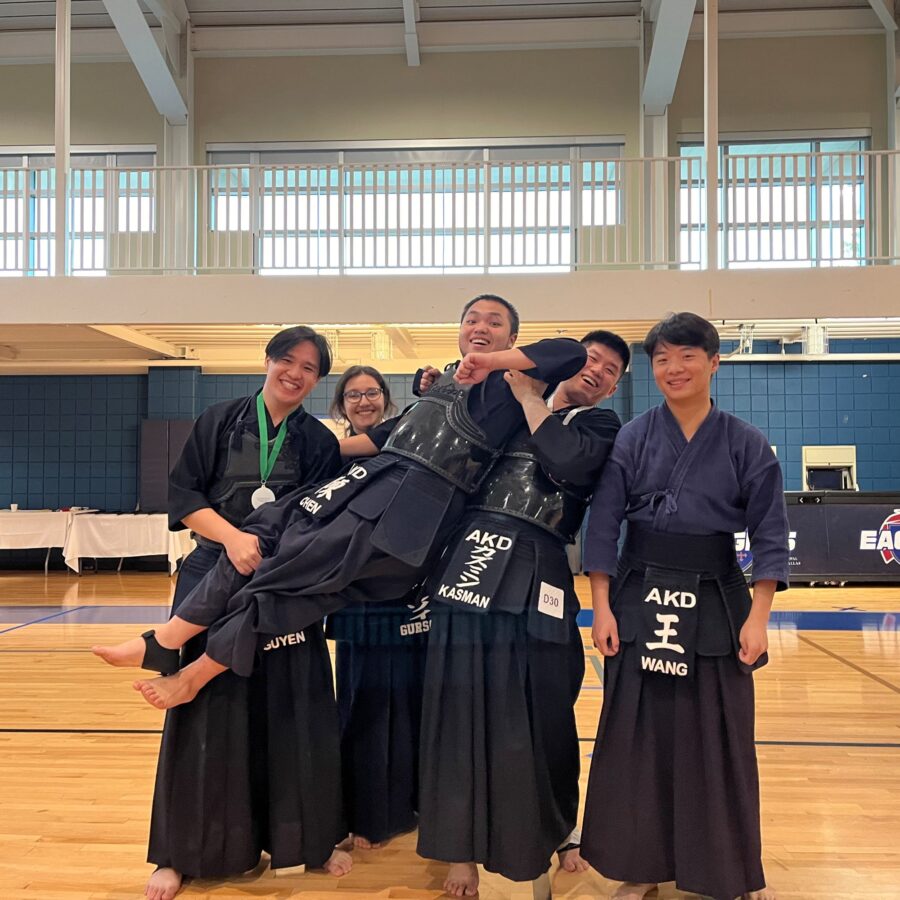
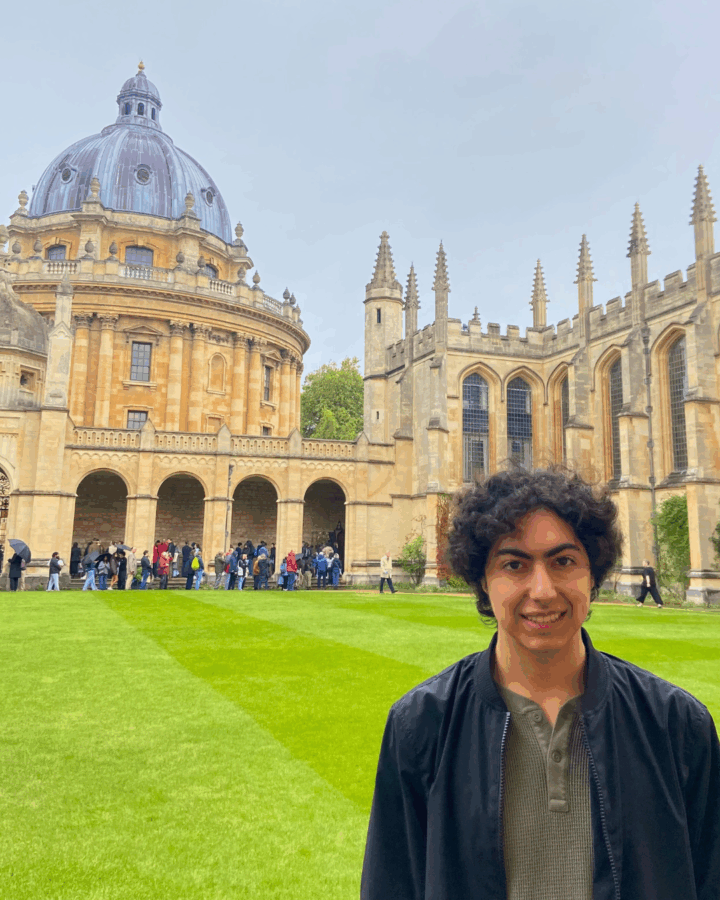
Hi, Nina! Thanks for sharing! It seems like you are naturally social, actually, but just needed to be dropped in a different environment for a bit so that that trait of yours could really come out. 😀